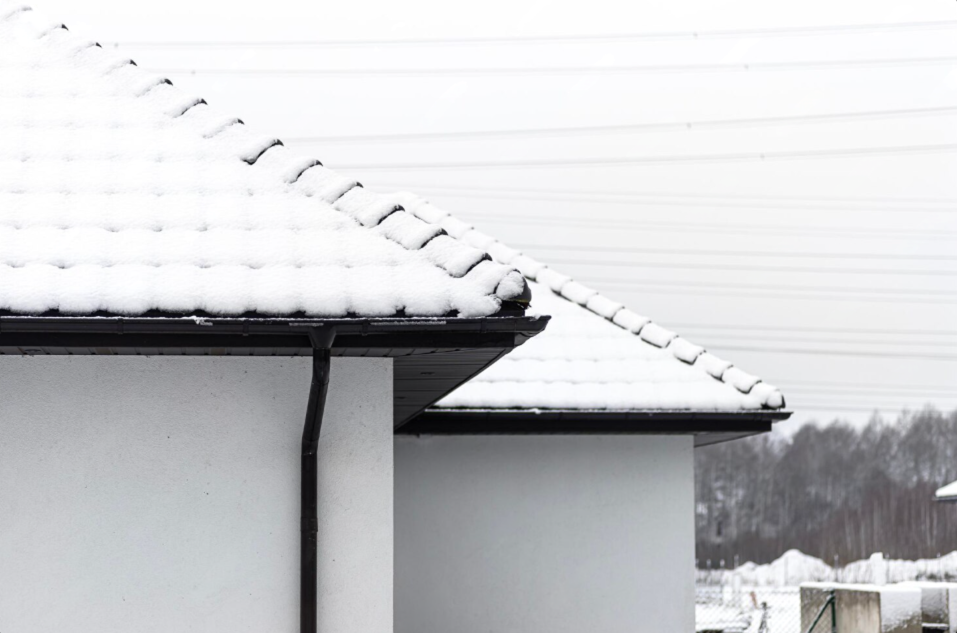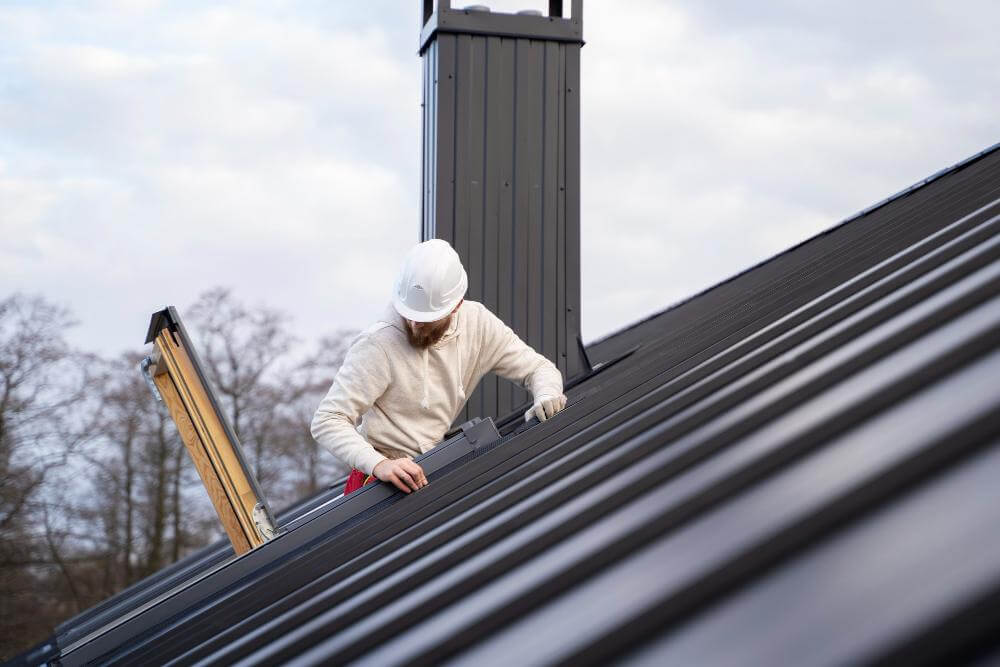You may think that roof inspection is only necessary after a bad storm, or before roof replacement or home reselling. However, putting off a roof inspection can be costly.
A number of factors go into it. Insurance requirements, for one, can consider it negligent if you don’t have frequent inspections. Small, easy-to-repair issues in underlayment or roof decking may escalate quickly.
However, there are a few signs and tips that will let you know when and how often you need a roof inspection done. Here are 3 factors that come into play.
Key Takeaways
- Your roof needs to be inspected once or twice a year to give you the best possible benefits in the long run.
- Depending on the weather and climate in your area, you need to schedule roof inspections more frequently.
- You may want to increase the frequency of your roof inspections as your roof ages or the materials start to deteriorate.
- If you notice a number of small roofing issues starting to grow, it may be time to schedule an emergency roof inspection.
- Leaving roof inspections for later or only when there is visible damage may cause the issues to escalate, costing you significantly more in the long run.
When Should You Inspect Your Roof? 3 Factors to Consider in Lexington
There’s no one-size-fits-all answer to how often you should have your roof inspected. To help you stay ahead of potential issues, here are three key factors that determine when you should schedule a roof inspection.
1. Factor #1: Weather Conditions
Lexington’s cold, snowy winters can put some weight on your roof. It would help if there was a predictable amount of snow, but that has been changing every year. Even with a lighter amount of snow, the freeze-thaw cycles cause your roof materials to expand and contract accordingly. These weaken your overall roof system.
Just to keep up with changing seasons, you may want to have your roof inspected twice a year. Once after winter, to check on the freeze-thaw cycles; once during fall, to prepare your home for the winter.
As a general rule, besides scheduled roof inspections, get an emergency inspection right away when:
- You see evidence of a leaky roof.
- There is a significant amount of visible damage to your shingles or shakes.
In Lexington particularly, any evidence of mold or rot should quickly be attended to.
If you only schedule a roof inspection when there is visible damage, you will miss your chance to get in early and effective repairs.
To avoid repeated stress on your roof, at least an annual roof inspection should help you offset the effects of the weather.
2. Factor #2: Your Roof’s Age & Material
The older your roof is, the more often you should be scheduling roof inspections. You want your roof to reach its full lifespan depending on the materials.
What are some things to keep in mind for these kinds of roof inspections?
Especially for asphalt shingles, expect to replace or repair them with increasing frequency. You might notice balding as granules fall out, and your gutters may clog or even sag with the weight.
Consistent roof inspections help you know when it’s still more cost-effective to repair your roof rather than to replace it. Without a full roof inspection, you may not notice when your spending on repairs becomes less cost-effective than a whole replacement.
From once-in-a-while inspections, you may want to check your roof at least once or twice a year to mitigate the damage.
Keeping up with your roof inspections can help when the insurance adjuster comes around. There will be detailed written reports that they can easily review. Your insurance claim on whatever repairs you need to make is more likely to be honored when you have those reports.
This is especially important when your roof is aging and the value is starting to go down. You may want to have yearly inspections or even biannual inspections as repairs begin to ramp up.
In this way, when the time comes to decide on roof replacement, you have reached your roof’s full lifespan and maximized the materials you have.
3. Factor #3: Your Roof’s History & Past Damage
Storm damage and aging roofs are obvious reasons to go for a roof inspection, but you may be missing out on the need for smaller repairs. A failing gutter might not be too obvious until the leaks are staining your wall.
There might be a number of smaller issues that are building up but feel isolated until you start putting them together.
What signs are likely to escalate into much bigger issues?
Moisture Buildup
Look for faint discoloration and growing stains on the walls and ceilings, especially in the corners. The mold that seems to be coming repeatedly out of nowhere can be evidence of a leak you just haven’t seen yet.
Areas to check: Your gutters, any water sources that have been weaker than usual recently, any missing or broken pipes
Shingle Damage
Balding shingles might not be too obvious if they are not all together, but take note if you feel like the number is multiplying. Look for granules in the gutters, or cracks and pieces around your home. An inspection might be worth looking into.
With an annual roof inspection, you know what issues need watching out for.
These may even necessitate more roof inspections in a year, but will save you more in the long run. It would take care of a lot of smaller issues and get you the repairs you need before anything snowballs into more.
Find Out How Often Your Roof Needs an Inspection
When you decide to replace your roof, you need to make choices that will support your family and household for decades to come. Be your own greatest support during this time. At Barrier Roofs, we take care of every stage of your roof replacement, from inspection to installation. Call us at 859-251-5119 for more information or fill out a contact form today.




